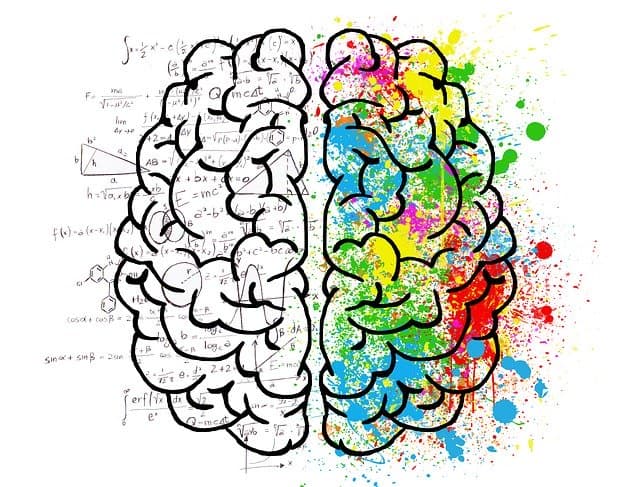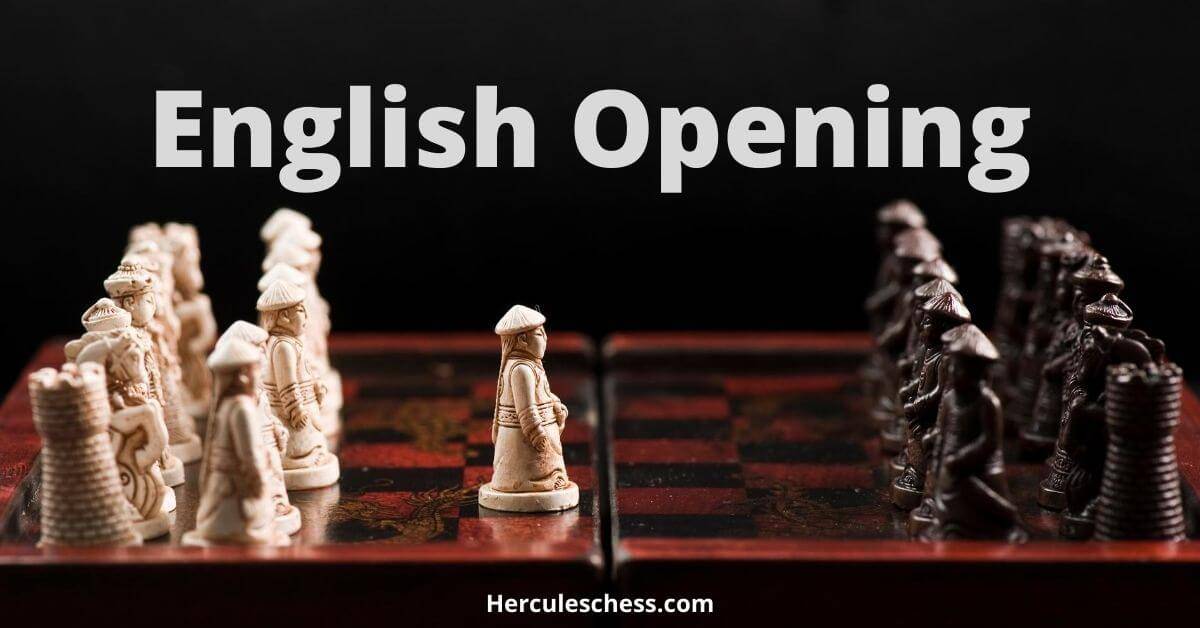Is chess an art? A science? Some claim it’s both. Yet let’s be honest, it’s really just a game. Fun, challenging, creative: but still a game, not much different from tennis, cricket, football, or golf.
But there is one striking difference to these other popular games. While learning to play almost any game can help build self-esteem and confidence, chess is one of the few that fully exercises our brain.
Many of us could probably use this exercise, although it may be a bit late for some. (At least for those of us old enough to read an article like this voluntarily!) It’s not, however, too late for our children. Chess is one of the most powerful educational tools available to strengthen a child’s brain. It’s fairly easy to learn how to play. Most six or seven year olds can follow the basic rules.
Some kids as young as four or five can play. Like learning a language or music an early start can help a child become more proficient. Whatever a child’s age, however, chess can enhance concentration, patience, and perseverance, as well as develop creativity, intuition, memory, and most importantly, the ability to analyse and deduce from a set of general principles, learning to make tough decisions and solve problems flexibly.
5 Reasons Chess Is Good For The Brain:
- Chess improves concentration
- Chess develops patience and perseverance
- Chess develops your analytical and problem solving skills
- Chess increases your IQ
- Chess helps you to synthesize information in a globalizing world
These are undeniably a grand claim. This article outlines some of the arguments and educational studies to justify why chess is good for brain development:
1. Concentration, Patience, and Perseverance
To play chess well requires intense concentration. Some of the world’s top players can undeniably look distracted, sometimes jumping up between moves to walk around. A closer look, however, reveals that most of these players are actually in deep concentration, relying on strong visual recall to plan and calculate even when they are away from their game.
For young, inexperienced players, chess teaches the rewards of concentration as well as provides immediate penalties for lapses. Few teaching tools provide such quick feedback. One slip in concentration can lead to a simple blunder, perhaps even ending the game. Only a focused, patient and persistent young chess player will maintain steady results – characteristics that are equally valuable for performing well at school, especially in school exams.
2. Analysis, Logic, and Problem Solving
Playing chess well involves a combination of aptitudes. A 1973-74 study in Zaire by Dr Albert Frank (1974) found that good teenage chess players (16-18 years old) had strong spatial, numerical, administrative-directional, and paperwork abilities. Dr Robert Ferguson (1995, p. 2) notes that “This finding tends to show that ability in chess is not due to the presence in an individual of only one or two abilities but that a large number of aptitudes all work together in chess.”
Even more significantly Frank’s study found that learning chess, even as teenagers, strengthened both numerical and verbal aptitudes. This occurred for the majority of students (not just the strong players) who took a chess course for two hours each week for one school year.
Other studies have added that playing chess can strengthen a child’s memory (Artise). A 1990-92 study in New Brunswick, Canada, further shows the value of chess for developing problem solving skills among young children (Gaudreau 1992). By integrating chess into the traditional mathematics curriculum teachers were able to raise significantly the average problem solving scores of their students.
These students also scored far higher on problem solving tests than ones who just took the standard mathematics course. Primary school chess has now exploded in New Brunswick. In 1989, 120 students played in the provincial school chess championship. Three years later over 19,000 played (Ferguson 1995, p. 11).
Chess has also been shown to foster critical and creative thinking. Dr Ferguson’s four-year study (1979-83) analysed the impact of chess on students’ thinking skills in the Bradford Area School District in the United States (grades 7-9). These students were already identified as gifted, with intelligence quotient (IQ) scores above 130. Using two tests (Watson-Glaser Critical Thinking Appraisal and the Torrance Tests of Creative Thinking) Ferguson (1995, pp. 4-6) found that after spending 60-64 hours playing and studying chess over 32 weeks students showed significant progress in critical thinking.
He further found that chess enhances “creativity in gifted adolescents.” He concluded that “it appears that chess is superior to many currently used programs for developing creative thinking and, therefore, could logically be included in a differentiated program for mentally gifted students”.
Playing chess, however, is not only valuable for developing the skills of gifted children. Average and even below average learners can also benefit. Chess teacher Michael Wojcio (1990) notes that “even if a slow learner does not grasp all of [the strategies and tactics in chess], he/she can still benefit by learning language, concepts, and fine motor movement.”
During a program run by Dr Ferguson from September 1987 to May 1988 all members of a standard sixth grade class in rural Pennsylvania were required to take chess lessons and play games. This class had 9 boys and 5 girls. At the start of this study students took IQ tests, producing a mean IQ of 104.6.
Students then studied chess two or three times per week while playing most days. They were also encouraged to participate in tournaments. After this intensive chess instruction a group of seven boys managed to finish second in the 1998 Pennsylvania State Scholastic Championship. Significantly, at the conclusion of the study tests showed a significant increase in both memory and verbal reasoning skills, especially among the more competitive chess players (Ferguson 1995, pp. 8-9).
Related Post: Are Chess Players Smart?
Chess and IQ
Studying chess systematically has also been shown to raise students’ IQ scores, academic exam scores (Dullea 1982; Palm 1990; Ferguson 2000, p. 3), as well as strengthen mathematical, language, and reading skills (Margulies 1991; Liptrap 1998; Ferguson 2000, pp. 3-4).
Using the Wechsler Intelligence Scale for Children a Venezuelan study of over 4,000 second grade students found a significant increase in most students’ IQ scores after only 4.5 months of systematically studying chess. This occurred across all socio-economic groups and for both males and females. The Venezuelan government was so impressed that all Venezuelan schools introduced chess lessons starting in1988-89 (summarised in Ferguson 1995, p. 8).
Solving Problems and Synthesising Information in a Globalizing World
The internet, email, and computers are rapidly changing the skills essential to succeed at school and work. As globalization accelerates, information is pouring in faster and faster. Information that took months to track down a few years ago can now spin off the internet in just minutes. With such easy access and tremendous volumes, the ability to choose effectively among a wide variety of options is ever more vital.
In this world students must increasingly be able to respond quickly, flexibly and critically. They must be able to wade through and synthesise vast amounts of information, not just memorise chunks of it. They must learn to recognize what is relevant and what is irrelevant. They also need to acquire the skills to be able to learn new technologies quickly as well as solve a continual stream of problems with these new technologies.
This is where chess as a tool to develop our children’s minds appears to be especially powerful. By its very nature chess presents an ever-changing set of problems. Except for the very beginning of the game — where it’s possible to memorise the strongest lines — each move creates a new position. For each of these a player tries to find the ‘best’ move by calculating ahead, evaluating these future possibilities using a set of theoretical principles.
Importantly, more than one ‘best’ move may exist, just as in the real world more than one best option may exist. Players must learn to decide, even when the answer is ambiguous or difficult.
These thinking skills are becoming ever more valuable for primary and secondary school students constantly confronted with new everyday problems. If these students go to university it will be especially imperative to understand how to apply broad principles to assess new situations critically, rather than rely on absorbing a large number of ‘answers’.
Far too commonly my own university students do not have these skills. As a result they become swamped by information, vainly searching for the right answer to memorize rather than the various best options.
Conclusion| Chess and Brain Development
The case, then, is exceptionally strong for using chess to develop our children’s brain and help them cope with the growing complexities and demands of a globalizing world. More and more schools around the world are recognizing the value of chess, with instruction now becoming part of standard curriculums. It’s of course just a game. Yet it has fascinated and challenged some of the greatest minds of the last century, sparking enough books about how to play to fill an entire library.
Chess is an especially effective teaching tool. It can equally challenge the minds of girls and boys, gifted and average, athletic and non-athletic, rich and poor. It can teach children the importance of planning and the consequences of decisions. It can further teach how to concentrate, how to win and lose gracefully, how to think logically and efficiently, and how to make tough and abstract decisions (Seymour and Norwood 1993).
At more advanced levels it can teach flexible planning since playing well requires a coherent plan, yet not one that is rigidly followed regardless of the opponent’s response. Chess can also build confidence and self-esteem without overinflating egos, as some losses are inevitable, even for world champions.
Improving Through Tournaments
Chess can potentially help teach underachieving gifted children how to study, perhaps even leaving them with a passion for learning. Chess tournaments can, moreover, provide a natural setting for a gifted child to interact with other children of all ages, as many tournaments are not divided by age but by ability (unlike most school activities and many other sports).
It’s common to see a six-year-old playing a twelve-year-old, or a ten-year-old playing a seventeen-year-old. Young players can also perform remarkably well in adult chess tournaments. In 1999-2000 in Australia, for example, a thirteen-year-old won the New South Wales championship, a fourteen year-old won the South Australian championship, a fifteen-year-old won the Queensland championship, and a thirteen-year-old tied for second in the Australian championship.
Tournament chess games, which involve clocks to limit the total time each player can use, are also a fun way to provide practice at making fast and accurate decisions under pressure, a skill that can help students cope with the similar pressures of school exams. This is also a fun way to practice how to put the brain into high gear, where intense concentration increases alertness, efficiency of thought processes, and ultimately mental performance.
Perhaps most importantly chess is a fun way to teach children how to think and solve an ever changing and diverse array of difficult problems. With millions of possibilities in every game, players must continually face new positions and new problems. They cannot solve these using a simple formula or relying on memorized answers. Instead, they must analyse and calculate, relying on general principles and patterns along with a dose of creativity and originality a skill that increasingly mirrors what students must confront in their everyday schoolwork.
In June 1999 the International Olympic Committee officially recognized chess as a sport. This is welcome news for the world’s six million registered chess players as well as countless more unregistered players. With such recognition hopefully even more of our children will turn to chess, striving for sporting dreams that will leave them smarter, and ultimately able to cope better in the real world of perpetual problems.






